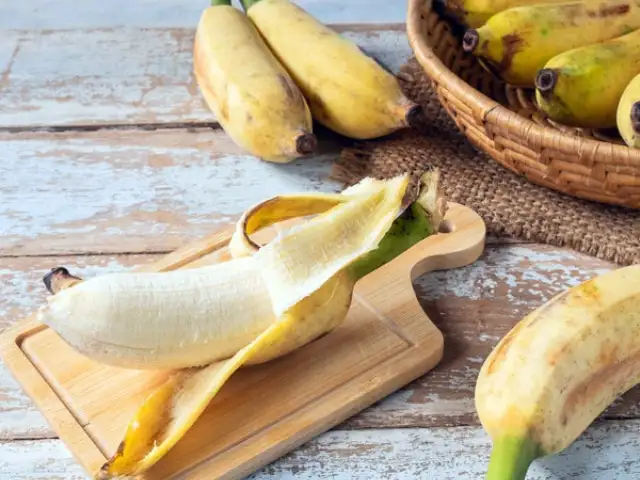
Researchers have discovered a novel way to turn banana peels into highly effective adsorbents for removing toxic cadmium from wastewater. By modifying the banana peels with zinc oxide (ZnO) or magnesium oxide (MgO), the team created specialized materials that can capture up to 99.6% of cadmium ions, outperforming untreated banana peels. This breakthrough could lead to sustainable and low-cost solutions for cleaning up industrial wastewater contaminated with heavy metals.
Wastewater pollution is a growing global concern, with heavy metals like cadmium posing a serious threat to the environment and human health. Cadmium, a highly toxic and persistent pollutant, can accumulate in living organisms, causing a range of health problems including kidney damage, bone fragility, and even cancer.
To address this issue, researchers from Khon Kaen University in Thailand have developed a novel solution – transforming banana peels, a ubiquitous agricultural waste, into highly efficient adsorbents for cadmium removal. The key to their success lies in the strategic modification of the banana peels with zinc oxide (ZnO) and magnesium oxide (MgO).
Boosting Adsorption Capacity
By incorporating these metal oxides into the banana peel materials, the researchers were able to significantly enhance their surface area, pore volume, and overall adsorption performance. The resulting materials, dubbed “banana powder beads” (BPB), “banana powder doped ZnO beads” (BPZB), “banana powder doped MgO beads” (BPMB), and “banana powder doped ZnO + MgO beads” (BPZMB), demonstrated remarkable cadmium removal efficiencies.
The BPMB material, in particular, stood out with an astounding 99.6% cadmium removal rate and a maximum adsorption capacity of 454.55 mg/g – significantly higher than the untreated banana peels and other modified materials. This superior performance is attributed to the increased specific surface area and smaller pore size of the BPMB material, which provided more active sites for cadmium ions to be captured.
Unraveling the Adsorption Mechanisms
The researchers delved deeper into understanding the mechanisms behind the effective cadmium removal. Through a series of adsorption isotherm and kinetic studies, they found that the Freundlich and pseudo-second-order models best described the adsorption patterns and mechanisms. This suggests that the cadmium adsorption process was primarily driven by a multilayer adsorption and a chemisorption (chemical bonding) process.
Furthermore, the thermodynamic analysis revealed that the cadmium adsorption was an exothermic (heat-releasing) and spontaneous process, indicating the favorable nature of the adsorption. The banana peel-based materials also demonstrated excellent reusability, retaining over 73% of their cadmium removal efficiency even after three consecutive adsorption-desorption cycles.
Towards Sustainable Wastewater Treatment
The findings of this study highlight the tremendous potential of using modified banana peels as a cost-effective and sustainable solution for heavy metal removal in industrial wastewater treatment. By upcycling this abundant agricultural waste into highly efficient adsorbents, the researchers have paved the way for a greener approach to water purification.
Beyond their impressive performance, the beaded form of the modified banana peel materials also offers practical advantages. The spherical shape and coarse texture make them easy to separate from the treated water, simplifying the post-treatment process and reducing operational costs.
Overall, this innovative research demonstrates the power of combining agricultural waste and strategic material engineering to tackle pressing environmental challenges. As the world continues to grapple with the problem of heavy metal pollution, the development of these high-performance and sustainable adsorbents could be a game-changer in the quest for cleaner water and a healthier planet.
Author credit: This article is based on research by Pornsawai Praipipat, Pimploy Ngamsurach, Yada Khamenthong, Niraya Himlee.
For More Related Articles Click Here
